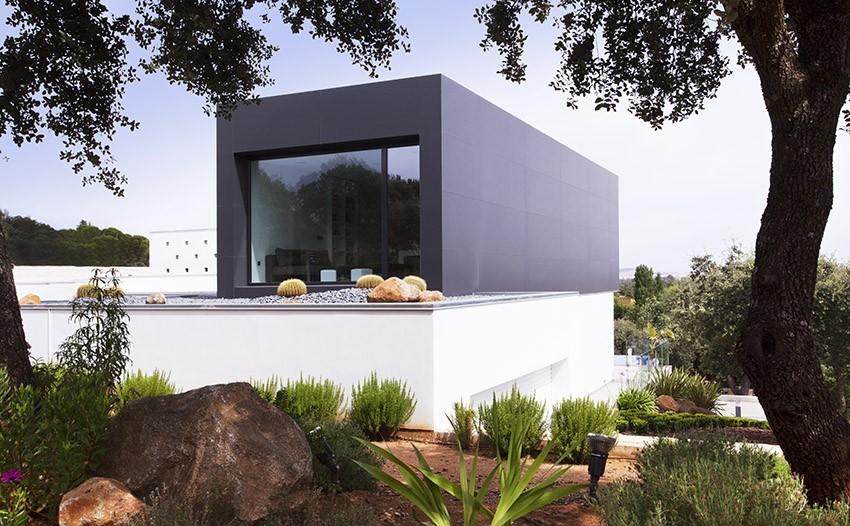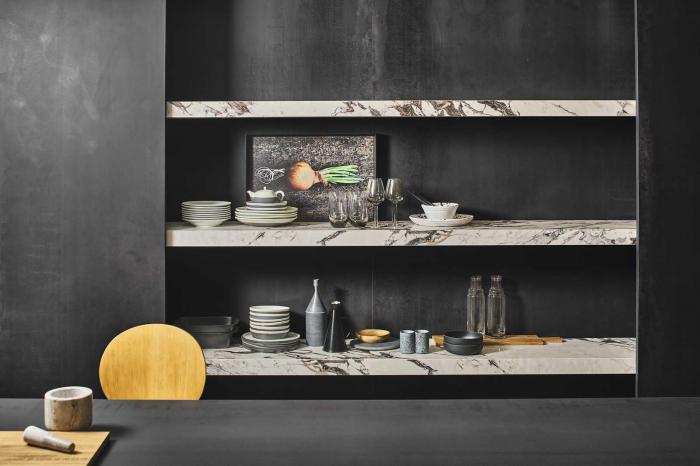What are large format porcelain tiles?
To better understand the nature of this products, we will look at the manufacturing process.
The main raw materials are clay, silica, kaolin, sand and feldspar, which are mixed with 30 percent water in a mixer until a homogeneous structure is obtained. The mixture is then made into balls that are dried to six percent moisture, making the material hard but flexible and ready for pressing.
Essentially, pressing involves placing the prepared dried pellets in a pressing machine, which applies enormous, uniform pressure on the order of 7,000 pounds of force per square inch to produce thin, flat plates of sufficient density, strength, flexibility, etc. the required characteristics. The details of the following steps vary depending on the surface type of the product being manufactured. For example, products with a smooth surface will rely on a smooth press, while those with a relief will also use a press with one to create texture on the surface of the tile.
After pressing, the porcelain mixture is ready for further drying and finishing. If the plate is to have a glossy colored surface, then a suitable glaze can be added.In other cases, the glaze can replicate stone, wood, metal, marble, textiles, etc. Once these details are finalized, the slabs are ready to be placed in a furnace that reaches temperatures of up to 2,200 degrees Fahrenheit.
The time required for firing will vary depending on the thickness of the slab, but the aim is to achieve a 4% moisture content at the end of firing. Porcelain is already hardened and once it cools, it achieves its final characteristics of strength, durability and basic finish. At this stage, any finishing touches can be made, such as cleaning, polishing or edge cutting (correction) to final exact dimensions. Large slabs are placed in crates or on pyramids for easy transport. Once received, the crates must be carefully opened, the large slabs removed with suction cup-based carriers. If processing is required, water jet and CNC machines are needed for it.
After the overall presentation of the material, we can now look at some of the applications, both for interior and exterior solutions, where large-format porcelain tiles can become an integral part of the building's design.
***Kitchens - Slabs with a thickness of 3.5 to 12 mm and maximum sizes are ideal for kitchen counters and islands.
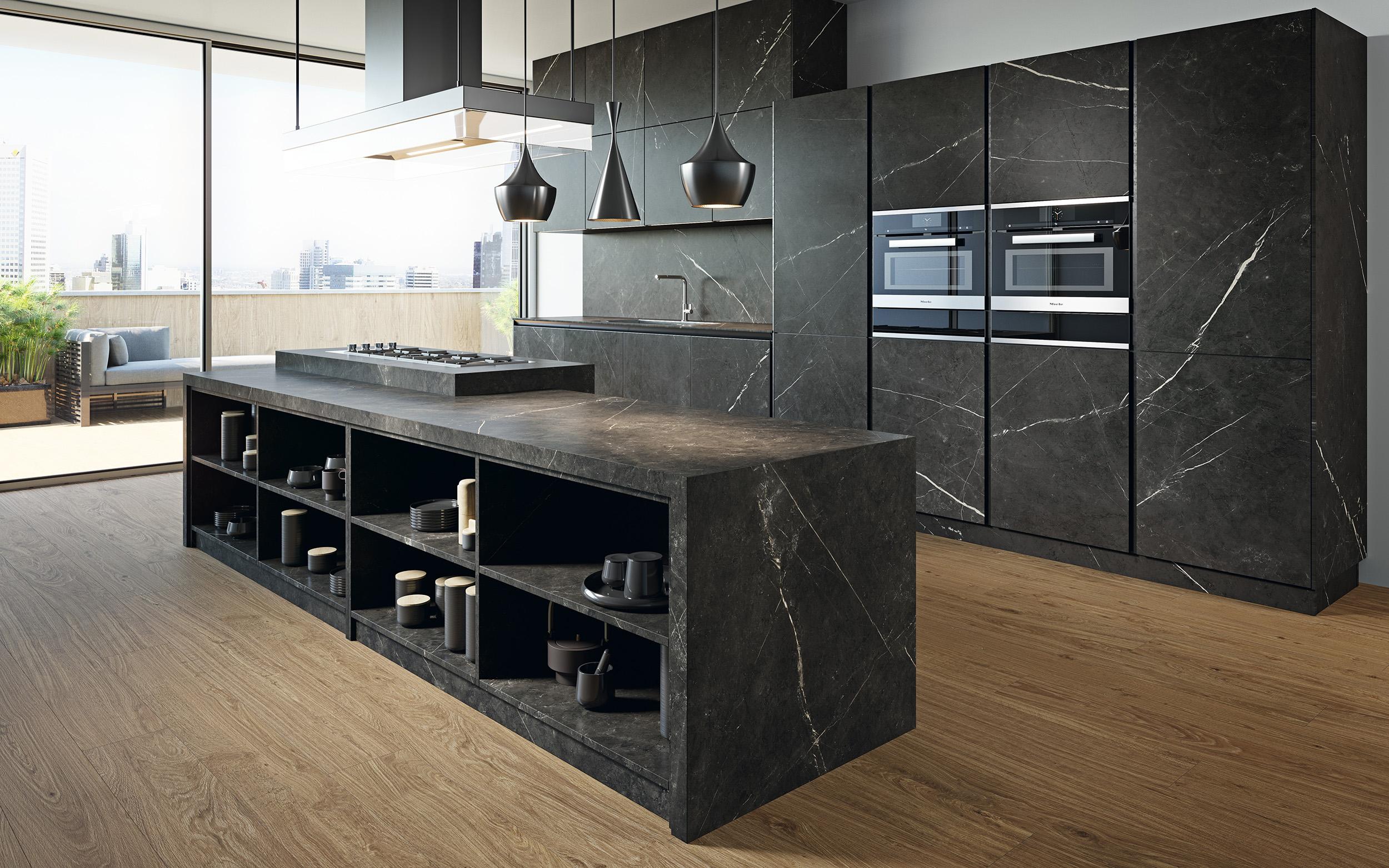
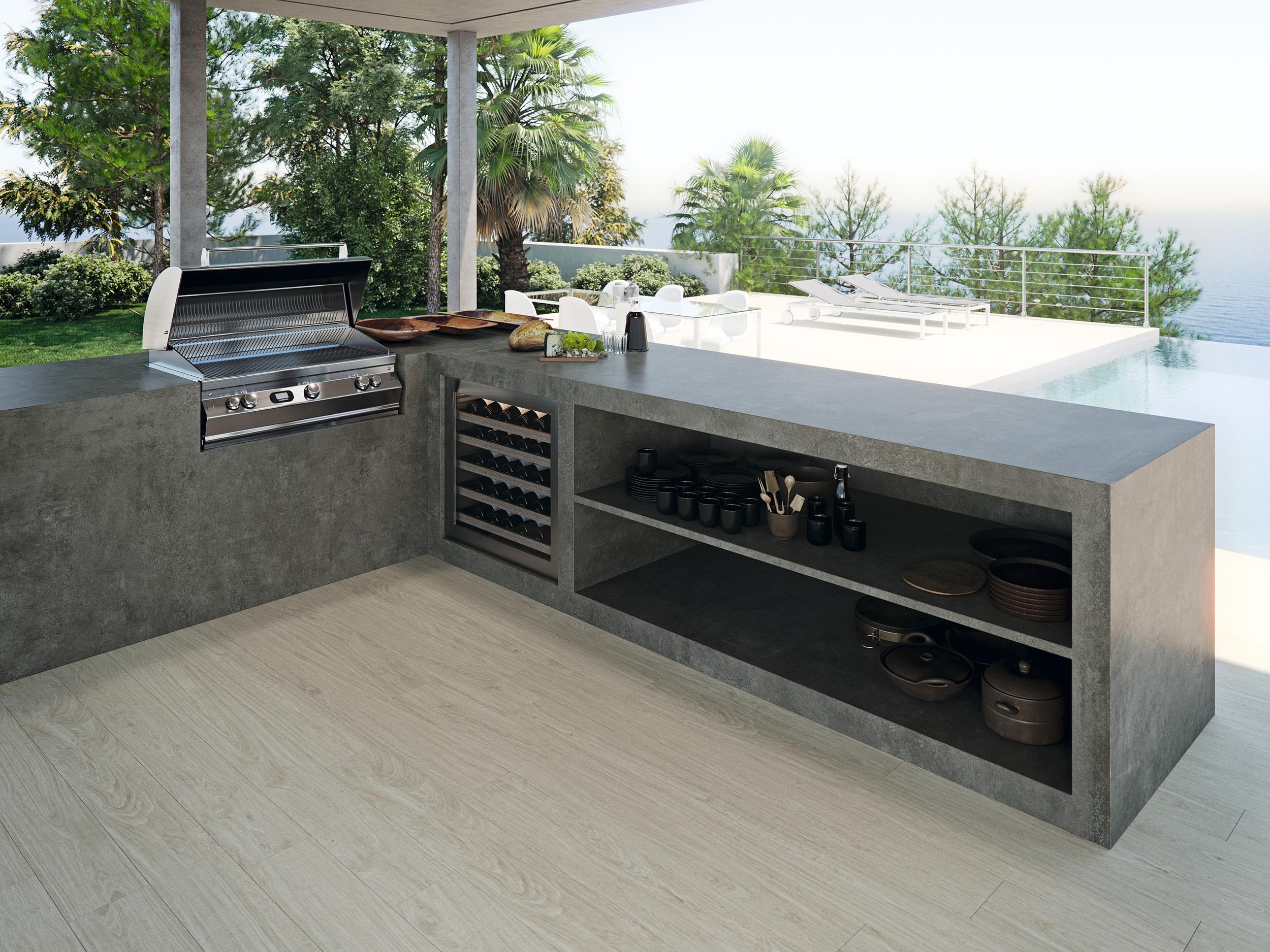
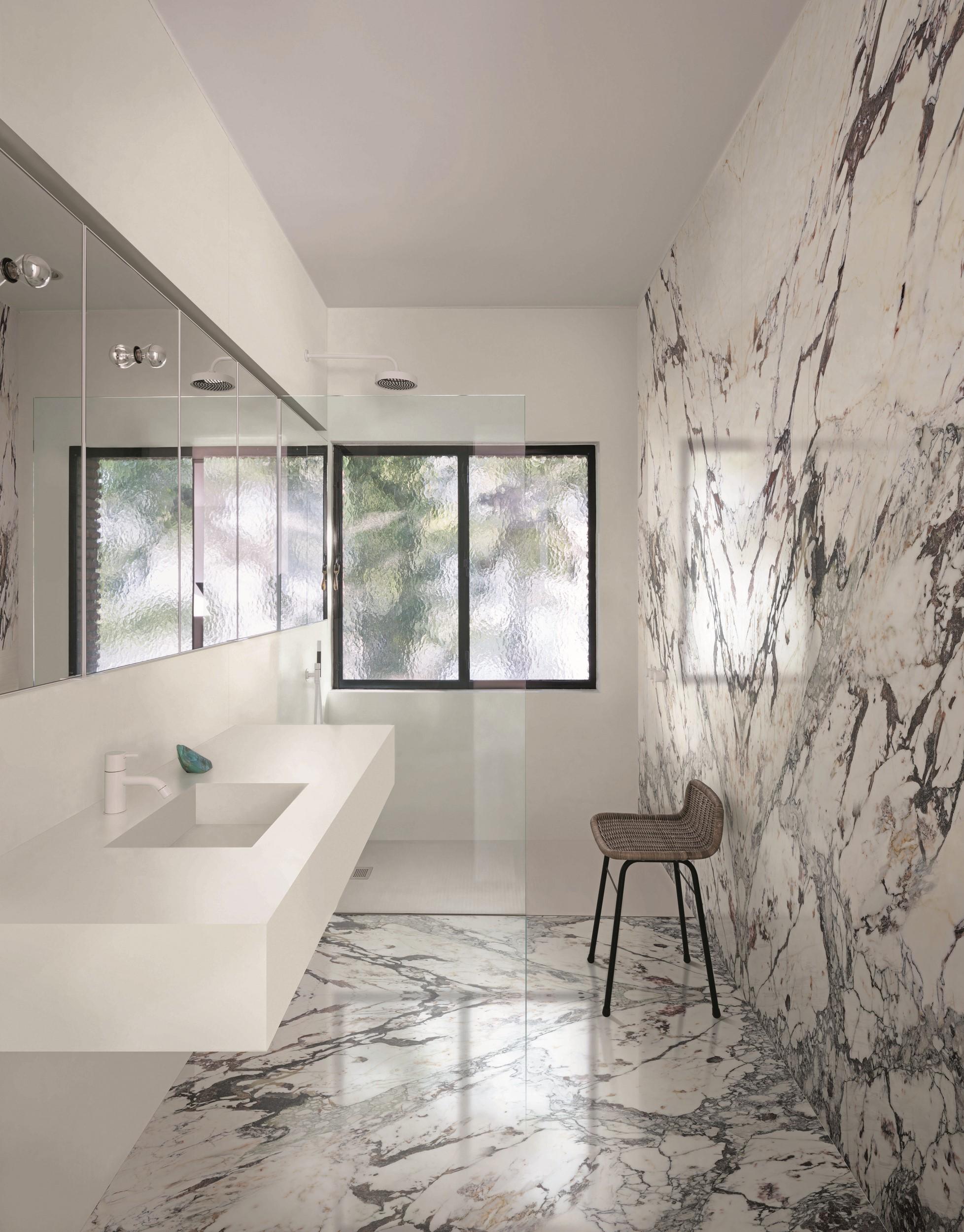
***Flooring - The beauty of large tiles can be seen especially in the flooring in large rooms. The advantage of the thin porcelain tiles with 5.6 and 6 mm is that it can be laid directly on the old flooring, without requiring the time-consuming process of removal.
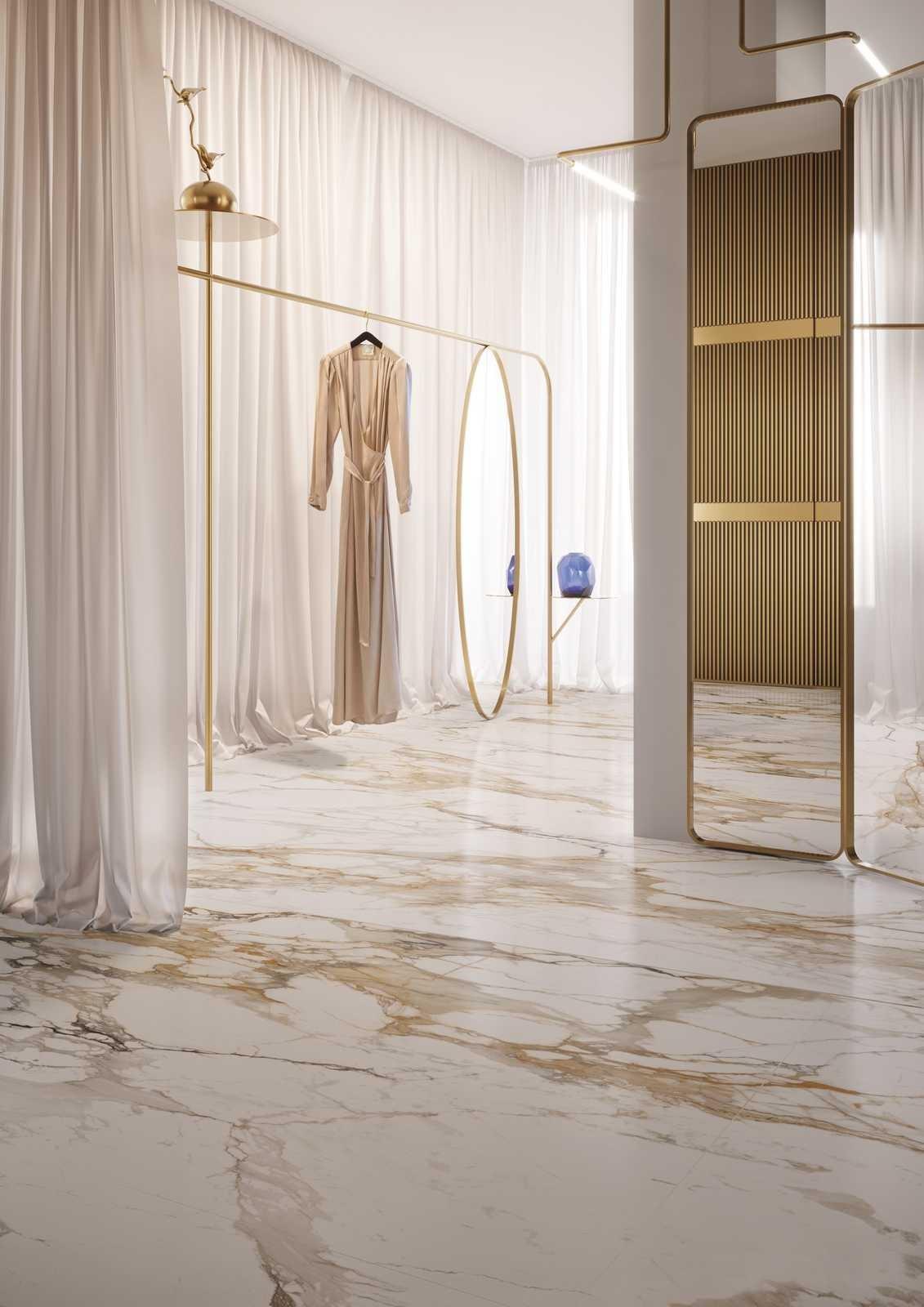
***Furnitures - the different thicknesses, sizes and colors of the large-format porcelain allow creating a stunning design of tables, cabinets, shelves, doors, which makes the use of this material seem endless.
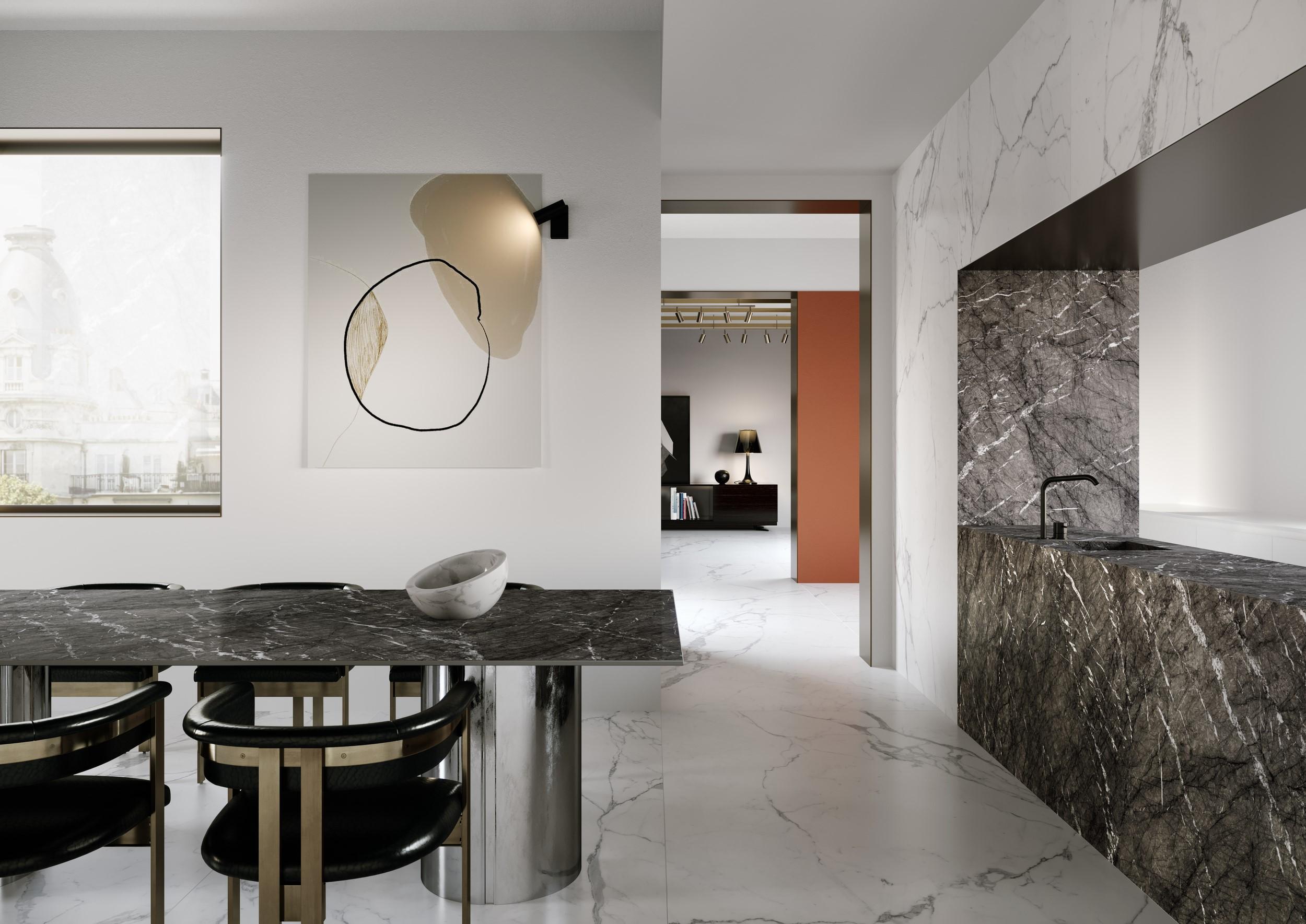
***Fireplaces - Due to its resistance to high temperatures, it is also used in fireplace linings.
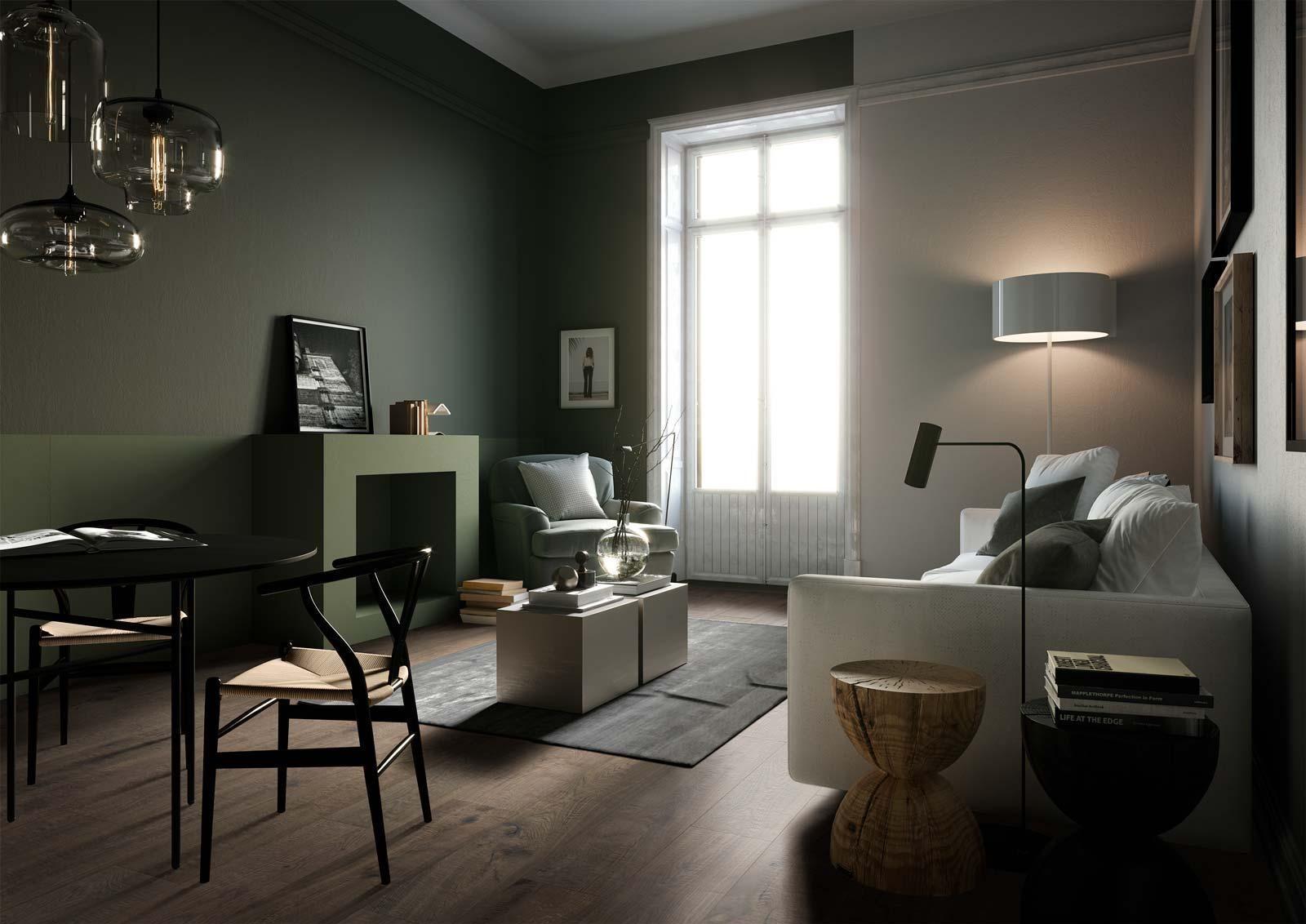
***Facades - Thanks to its many colors, size, durability, resistance to fire and cold, and its relatively low weight, 3.5 mm thick slabs are used for the exterior cladding of some of the most prestigious architectural buildings today. This product can not only be on the facade of a large commercial building, but can also enrich the exterior of residential homes.
